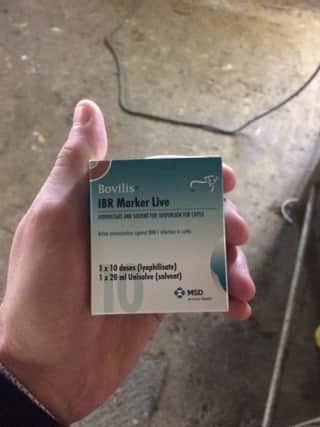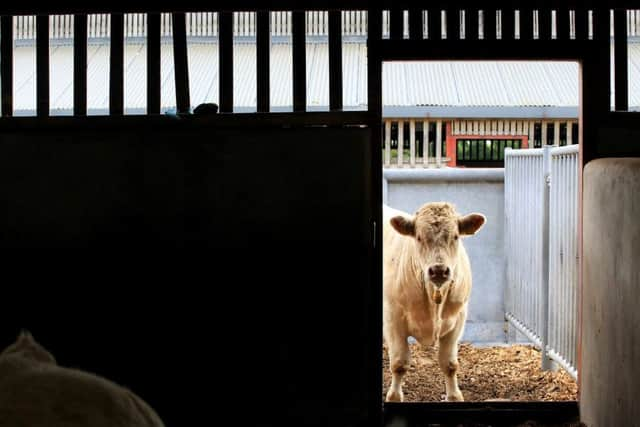Tips for weaning suckler calves this autumn


A stressed calf will have lowered resistance to infections; poor immunity and disease (especially pneumonia) go hand in hand.
Measures to minimise stress at weaning:
l Adequate handling facilities


o Allow for safe and easy access to stock
o Reduce stress for man and beast
Increased plane of nutrition pre-weaning
o Introduce calves to concentrates at least one month before weaning


Advertisement
Advertisement
o Gradually increase the amount so that calves are consuming >1 kg/head/day at weaning
o Allow calves to graze ahead of cows with the aid of electric fence or creep gates
l Aim to wean in the best possible weather
l Take cows (rather than calves) away from the group
o Batches of up to a third of cows can be removed at one time
o Draft cows at intervals of at least five days
o Removed cows should be out of sight and sound of the remaining group
o This principle applies indoors and outdoors
Advertisement
Advertisement
l Do not perform any other procedures at the same time as weaning e.g. castration, dehorning, housing, dosing, vaccination or selling
o It is best to separate procedures by three to four weeks
o Consult with your vet for best timing/protocol for these other activities
l Dose animals with an appropriate anthelmintic (+/- flukicide) pre-weaning
l Vaccinate against the common causes of pneumonia pre-weaning
Vaccination
Advertisement
Advertisement
When it comes to pneumonia, prevention is definitely better than treatment.
Respiratory tract infections (including pneumonia) are the most significant cause of death in weanlings in Ireland, accounting for 34% of deaths in Northern Ireland.
Antibiotics do not treat viral pneumonia. As pneumonia can result from bacterial or viral infection, it is important to choose vaccines that provide protection against both. Bovilis Bovipast® RSP provides protection against viral and Pasteurella pneumonia.
For the best results, calves need to be fully vaccinated before weaning. With regards to Bovilis Bovipast RSP this means giving the first vaccine at six weeks pre-weaning and a booster four weeks later at two weeks pre-weaning. A single dose of Bovilis® IBR marker live may also be given at least twoweeks pre-weaning. Bovilis IBR Marker Live can be given alongside Bovilis Bovipast RSP.
Housing
Advertisement
Advertisement
An adequate shed needs good ventilation without draughts. Have the ventilation checked before housing if you have concerns. If your shed smells of ammonia it is definitely not adequately ventilated. House cattle on a dry day and ensure they have easy access to clean water, concentrates and forage.
Ensure the housing is well-lit to facilitate animals’ ability to find feed and water. Bear in mind that all calves may not know how to use drinkers and therefore additional water may need to be supplied initially. It is best practice to house calves and weanlings in a different airspace to older cattle to reduce the challenge of disease from older to younger stock. It is also advisable to house animals in consistent groups to reduce bullying.
In summary, planning ahead and attention to detail can yield dividends in terms of health and performance for animals after weaning.